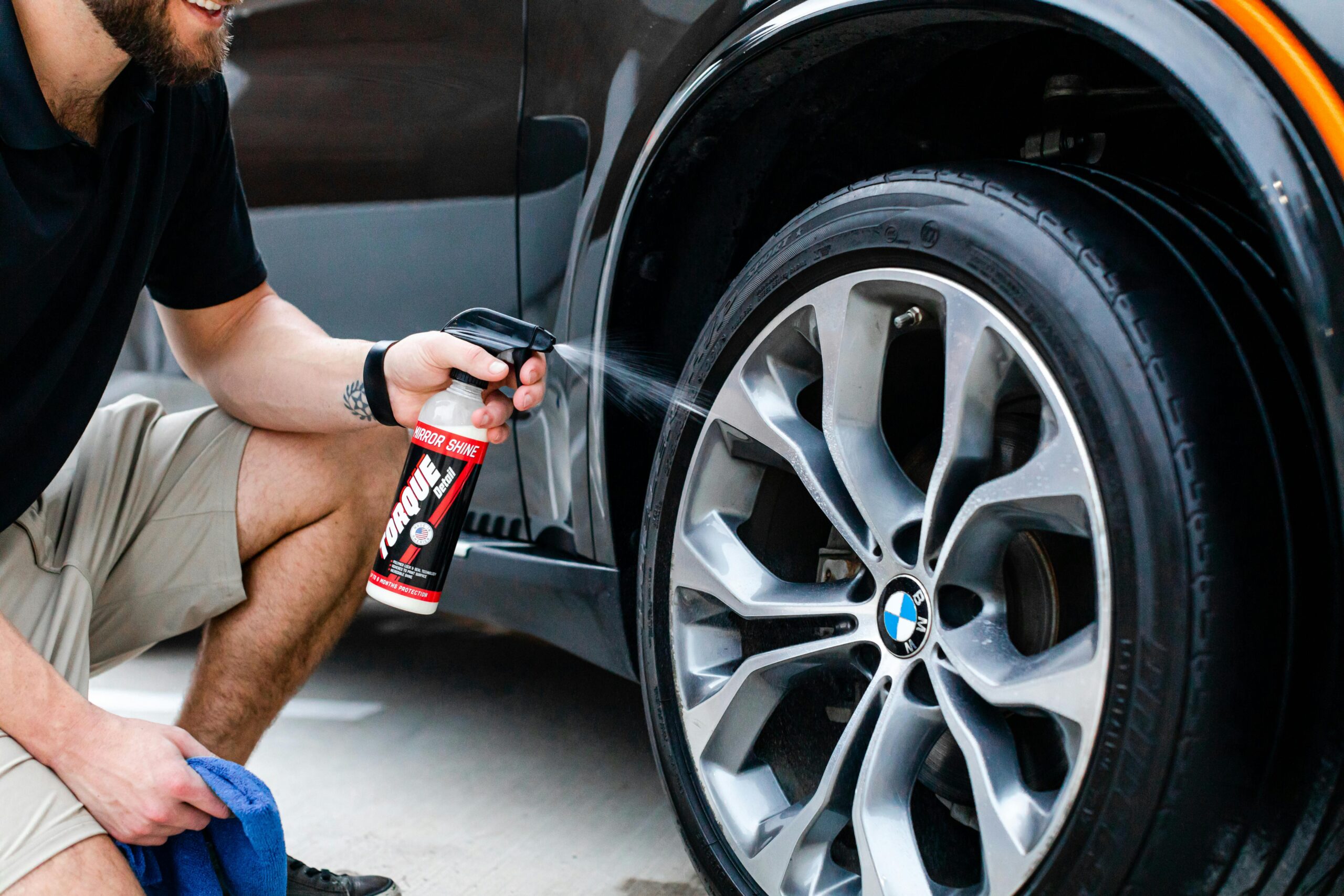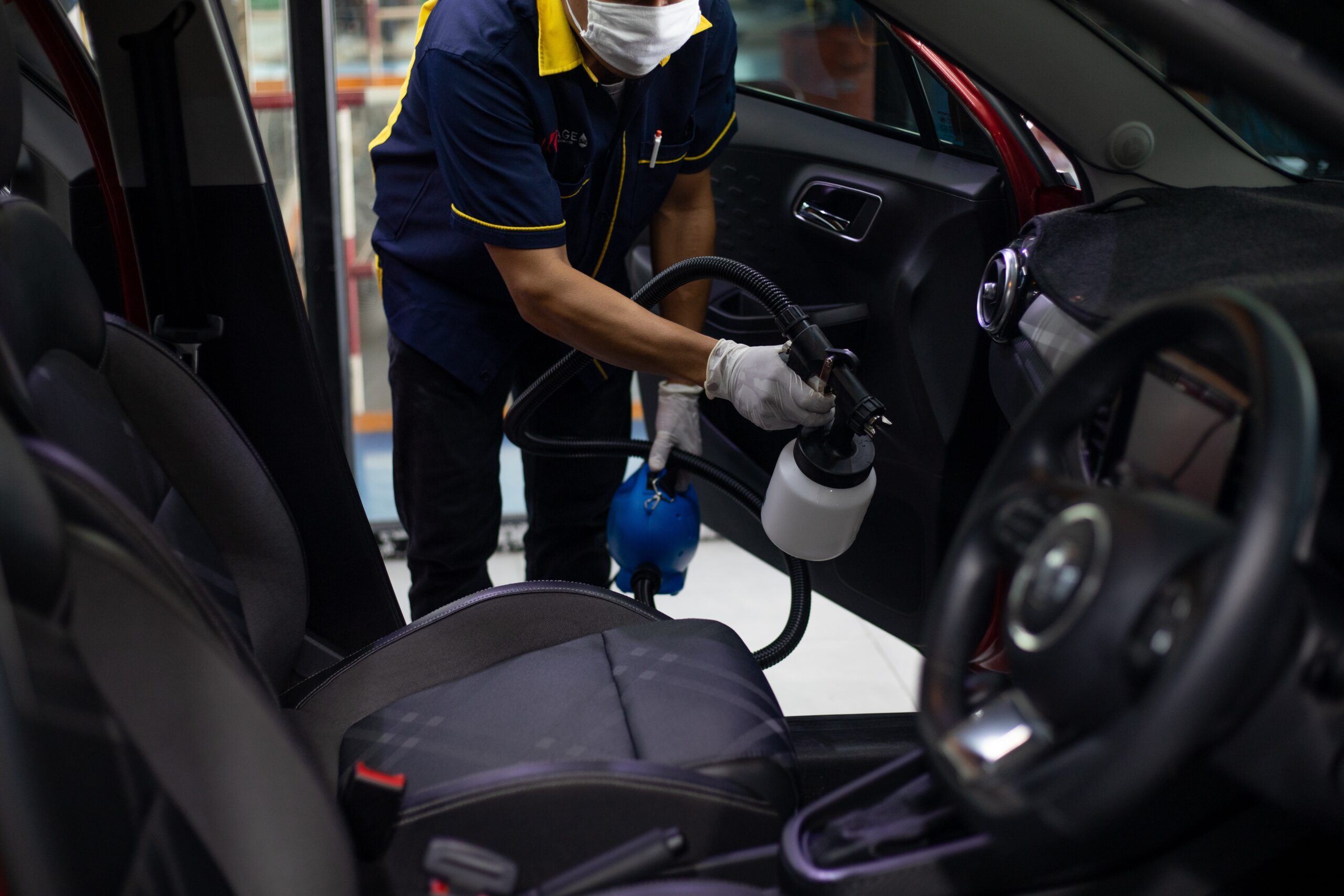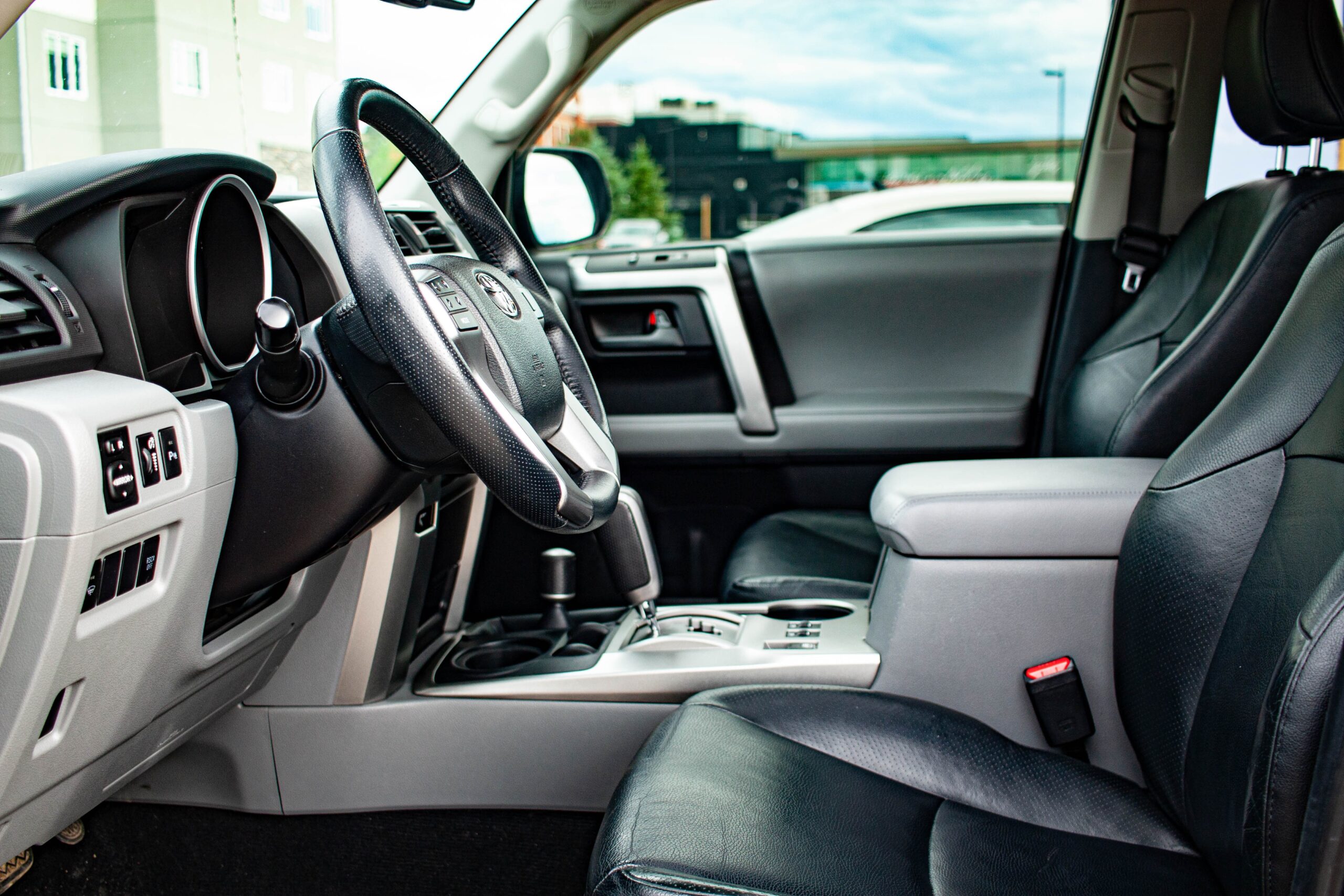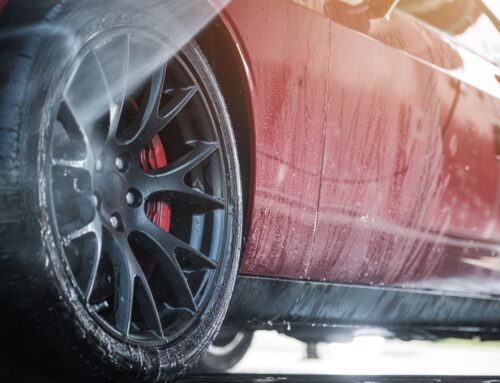As the cold weather approaches, it’s crucial to prepare your vehicle to ensure it remains reliable and safe throughout the season. Winter conditions can be harsh on your car, but with the right preparation, you can avoid common issues and keep your vehicle running smoothly. Here’s a comprehensive guide to getting your car winter-ready.

Check Your Battery
Cold weather can be particularly tough on your car’s battery. Low temperatures can reduce the battery’s capacity, making it harder to start the engine. Here’s what you need to do:
Inspect the Battery: Check for any signs of corrosion on the terminals. Clean them if necessary.
Test the Battery: Use a voltmeter to check the battery voltage. If it’s below 12.4 volts, consider recharging or replacing the battery.
Secure Connections: Ensure all battery cables are tightly connected and in good condition.

Inspect Your Tires
Proper tire maintenance is crucial for safe winter driving. Here’s how to ensure your tires are ready for the cold:
Check Tire Tread: Ensure your tires have adequate tread depth. Worn tires can be dangerous on icy or snowy roads.
Consider Winter Tires: If you live in an area with heavy snowfall, winter tires provide better traction and handling.
Monitor Tire Pressure: Cold weather can cause tire pressure to drop. Check and adjust your tire pressure regularly to maintain optimal performance.

Top Off Fluids
Fluids are essential for your car’s operation, and they need special attention during winter:
Antifreeze/Coolant: Ensure your coolant levels are adequate and that the mixture is appropriate for cold temperatures. This helps prevent the engine from freezing.
Windshield Washer Fluid: Use a winter-grade washer fluid that won’t freeze. Also, check that your wiper blades are in good condition to ensure clear visibility.
Oil: Consider switching to a winter-grade oil if you live in an area with extremely low temperatures. Thinner oil can help your engine start more easily in the cold.

Inspect Your Brakes
Brakes are critical for safe driving, especially in winter conditions. Ensure your braking system is in top shape:
Check Brake Pads and Rotors: Look for wear and tear and replace them if necessary.
Brake Fluid: Make sure the brake fluid is at the proper level and consider having it flushed if it’s been a while since your last service.

Prepare an Emergency Kit
Winter can be unpredictable, so it’s wise to have an emergency kit in your car. Include the following items:
Blankets and Warm Clothing: To stay warm if you get stranded.
Ice Scraper and Snow Brush: To clear your windows and mirrors.
Flashlight with Extra Batteries: For visibility in case of a nighttime breakdown.
Non-Perishable Snacks and Water: In case you’re stuck for an extended period.
First Aid Kit: For minor injuries.
Jumper Cables: To help restart your battery if it dies.

Protect Your Exterior
Winter elements can be tough on your car’s exterior. Here’s how to protect it:
Wash and Wax: Before the winter sets in, give your car a thorough wash and apply a coat of wax. This helps protect the paint from road salt and grime.
Undercoating: Consider applying an undercoating to protect the undercarriage from salt and moisture, which can cause rust.
Test Your Heater and Defroster
A functioning heater and defroster are essential for comfort and safety:
Check the Heater: Ensure it’s working properly to keep you warm.
Defroster: Make sure the defroster effectively clears your windshield of ice and fog.

Examine Belts and Hoses
Cold weather can make rubber components brittle and prone to cracking:
Inspect Belts: Check for any signs of wear or cracks and replace them if needed.
Check Hoses: Ensure all hoses are secure and in good condition, with no leaks.
Plan Your Routes
Winter driving can be hazardous, so plan your routes with safety in mind:
Know the Weather: Check the forecast before heading out and avoid driving in severe weather conditions if possible.
Stay Informed: Keep updated on road conditions and closures.
By following these steps, you can ensure your car is well-prepared to handle the rigors of cold weather. Taking the time to winterize your vehicle not only enhances its performance but also provides peace of mind, knowing you’re ready for whatever the season throws your way.




